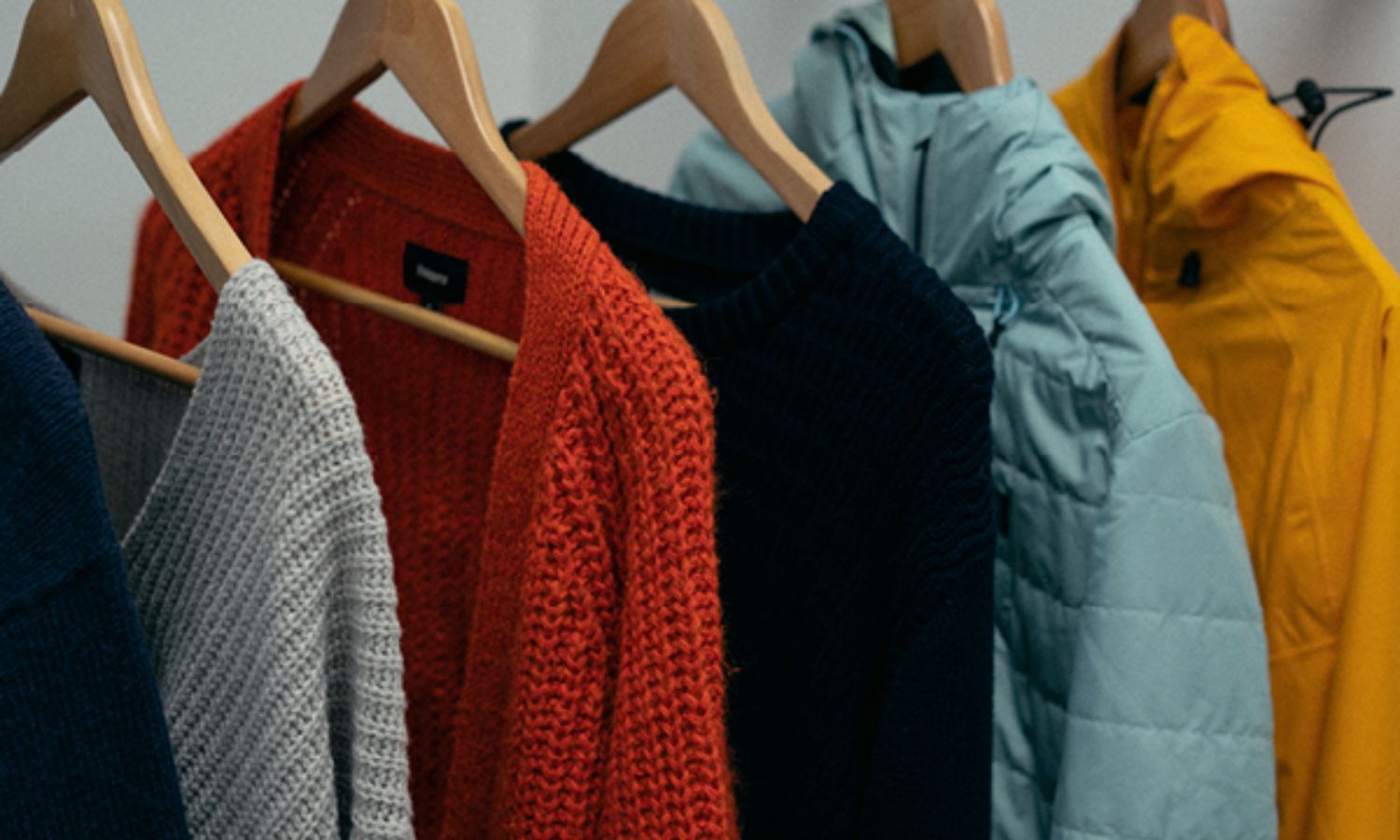Shopping
Reskinned “we try to make shopping pre-loved like buying new” – InternetRetailing

Francesca Lascelles, brand partnership manager for Reskinned, shares how it helps the fashion industry meet its responsibilities under EPR, as part of the new SustainabilityX Report 2024 report.
Reskinned uses a multi-pronged approach to increase circularity in the fashion industry. The company founders, who have a background in the textile waste industry, provide a one-stop shop for takeback, resale and recycling services, ensuring that zero waste goes to landfill.
Reskinned partners directly with brands and provides a full service that enables retailers to take back garments from customers when they no longer want them either instore or online. Items are sorted and graded for resale, reuse or recycling. Any item good enough to be resold directly to consumers is washed in the company’s ozone cleansing booth, pressed and, if needed, repaired. Clothes and shoes are then photographed and added for sale on the Reskinned Clothing site or on brand-approved pages on eBay.
Reskinned works with multiple brands, including Seasalt and Finisterre, so the site features monthly drops of new items for sale. Since it endeavours to match availability with seasons, it has warehousing to store items until the best time to sell them. Every part of the consumer journey and service is managed, from the co-branded takeback page and provision of a pre-paid label to delivery of sold items and handling any returns. Reskinned works within the parameters set by each individual brand so they can decide which category of items its customers can send back and the credit value they receive in return.
“We try to make shopping pre-loved as much like buying new as we can,” says Francesca Lascelles, brand partnership manager, Reskinned. This includes removing the barriers that have stopped customers buying returned or repaired items in the past, such as cleansing to remove smells and bacteria, photographing in-house and offering 30-day returns.
The company also processes deadstock, samples and items that have failed quality control checks. “Different brands have different drivers for doing a programme like this,” says Lascelles. “Some are really transparent about wanting resale to be a second revenue stream, whereas other brands want to be sustainable and involved in a more circular business model. The majority of brands sit somewhere in the middle.”
Items that aren’t of good enough quality to be resold are moved on in bulk for re-use in other second-hand markets, are put on sale in pop-up shops or are passed onto fashion and design students.
Recycling is the final option. This entails clothing being taken apart in-house and shredded before being re-used or processed by a fibre-to-fibre recycler. Yet overall, 60% of the clothing taken back by retailers can be resold.
This is one of four interviews in the new SustainabilityX 2024 report. Download it in full to hear more on:
Avon: Natalie Deacon, Director Corporate Affairs and Sustainability, Avon International, explains the company’s focus on social and environment
Emma Bridgewater: Julia Cove-Smith, CEO, Emma Bridgewater, explains how B Corp certification provided a focus and framework for ESG endeavours
Reformation: Alexis Cepeda Maule, former MD of UK & Europe, Reformation, shares insight into transparency and circularity
Stay informed
Our editor carefully curates two newsletters a week filled with up-to-date news, analysis and research, click here to subscribe to the FREE newsletter sent straight to your inbox and why not follow us on LinkedIn to receive the latest updates on our research and analysis.










